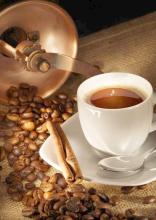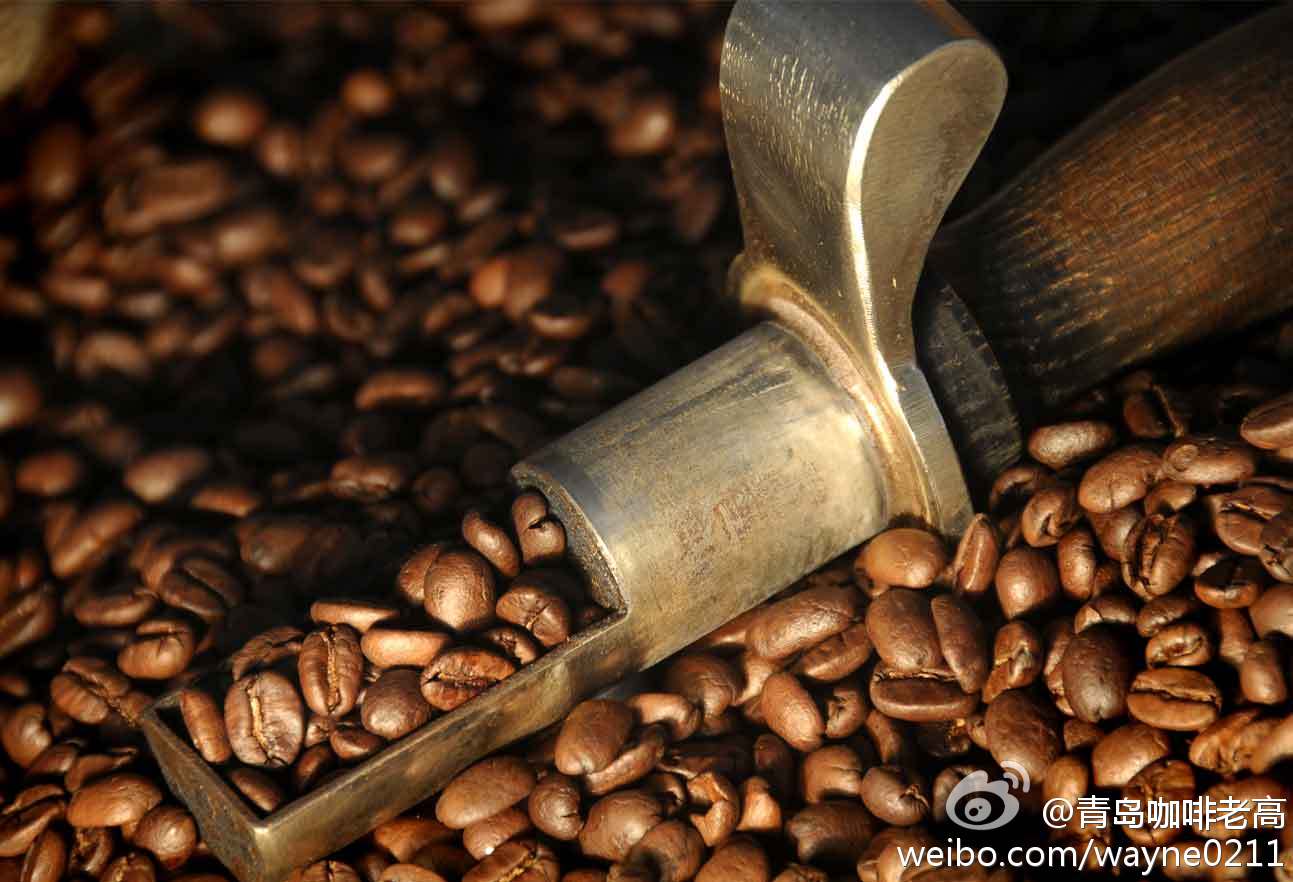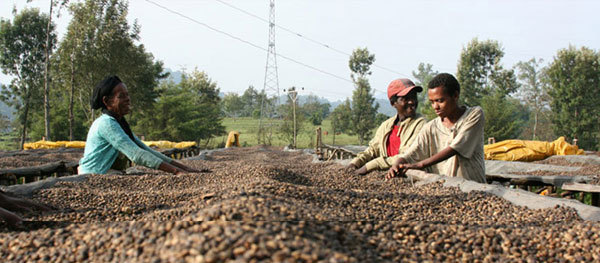Characteristics of Jinchu Valley in Kenya
I think Kenya coffee beans are divided into good, very good and very good.
I personally have always been a loyal fan of Kenyan coffee, so I have always recommended only very good Kenyan coffee, coupled with my personal dislike of PB round beans, so the Kenyan grades I have purchased in recent years are generally AA TOP.
Everyone I've ever been with thinks I'm a coffee roaster who can't afford to waste any of the acid in the beans, and the biggest frustration in the coffee business is accidentally roasting too little of Kenya's acid.
Every time I wait until everyone drinks my choice of kenya, it will feel so incredible.
This Kenya comes from Embu Washing Station in Gichugu region. It uses Kenyan double washing method. It grows in Manyata-Embu County on the eastern slope of Kenya Mountain Range from 1550 to 1750. The varieties are Kenya classic SL28 and SL34. In addition, the local temperature difference between day and night and Kenya's red phosphoric acid soil make sour and sweet become the main flavor tone of this Kenya.
Jinchu Valley was founded in 1970, and they formed the Gakundu Farmers Cooperative together with Kamviu, Gakundu and Gakundu Washing Factory. There are 980 coffee farmers in Jinchu Valley and 3600 small farmers registered in the cooperative. In Embu County, nearly 85 per cent of coffee cultivation comes from smallholder farmers. They pluck the ripe coffee fruit and send it to the washing station for centralized processing. The coffee fruit is peeled at the Embu processing plant, fermented overnight, washed and then dried naturally in the overhead drying shed.
In every kenya before us, we especially like to pursue those strong and angular fruit acids, and this kenya, let me feel gentle, like facing the sea, there is a breeze feeling. Different from Kenya, which was mainly berry flavor before, this Kenya has very delicate red wine acid, cherry sweetness, blackberry-like lips and teeth fragrance, as well as dark plum and sucrose tail rhyme. Although the baking degree is set to be medium and light baking, the body can still be maintained at such baking degree.
When we roast this coffee bean, we still choose the familiar medium and light roasting, but in order to retain the original rich fruit flavor in the raw beans, we raise the temperature of the beans to 210℃, keep the temperature return point at 125℃, observe the temperature return point after entering the pot, steam and roast them on low fire, observe the coffee beans to be whitened evenly at 4 minutes and 30 seconds, then urge the fire to complete dehydration in about 5 minutes and 30 seconds, and then reduce the fire when it reaches 175℃ in 8 minutes, so that the coffee beans undergo complete dehydration condensation. Chlorogenic acid lactone is produced, which increases the overall balance feeling. The whole baking time is 10 minutes and 30 seconds, and the acid quality is very soft and delicate.

Important Notice :
前街咖啡 FrontStreet Coffee has moved to new addredd:
FrontStreet Coffee Address: 315,Donghua East Road,GuangZhou
Tel:020 38364473
- Prev

The unique acidic flavor, characteristics, taste and manor introduction of Puerto Rican coffee.
In the coffee industry, when it comes to coffee from the island, I think you must be no stranger to the Blue Mountains of Jamaica and Kona of Hawaii, which are famous boutique coffee. In fact, if we talk about coffee from island origin, there is another kind of coffee that is worth talking about and tasting, and that is Puerto Rico. If you look for its location on the earth, it may not be easy to find. Let's learn about it together.
- Next

Fresh and elegant, full-grained, excellent acidity and pleasant flavor of Dominican coffee.
The earliest coffee in Dominica was introduced from Martinique (the overseas province of France), dating back to the early 18th century. Dominica is an island country with a tropical climate. The temperature changes little throughout the year. Except for the lower temperature in the Central Cordillera Mountains, which can reach less than 0 ℃ in winter, the annual average temperature in other areas is between 25 and 30 ℃, which is affected by the mountain topography.
Related
- Detailed explanation of Jadeite planting Land in Panamanian Jadeite Manor introduction to the grading system of Jadeite competitive bidding, Red bid, Green bid and Rose Summer
- Story of Coffee planting in Brenka region of Costa Rica Stonehenge Manor anaerobic heavy honey treatment of flavor mouth
- What's on the barrel of Blue Mountain Coffee beans?
- Can American coffee also pull flowers? How to use hot American style to pull out a good-looking pattern?
- Can you make a cold extract with coffee beans? What is the right proportion for cold-extracted coffee formula?
- Indonesian PWN Gold Mandrine Coffee Origin Features Flavor How to Chong? Mandolin coffee is American.
- A brief introduction to the flavor characteristics of Brazilian yellow bourbon coffee beans
- What is the effect of different water quality on the flavor of cold-extracted coffee? What kind of water is best for brewing coffee?
- Why do you think of Rose Summer whenever you mention Panamanian coffee?
- Introduction to the characteristics of authentic blue mountain coffee bean producing areas? What is the CIB Coffee Authority in Jamaica?

